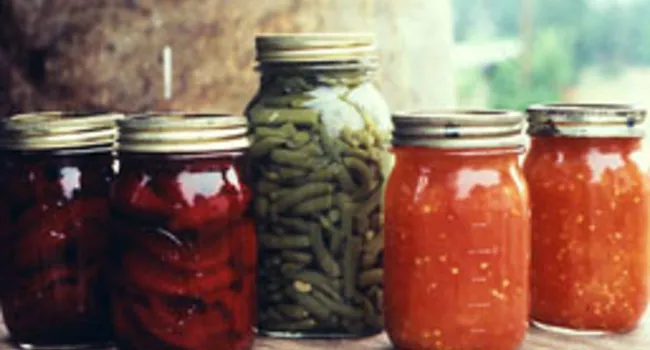
Audio
Mazie Young talks about the weather of Greenwood, South Carolina.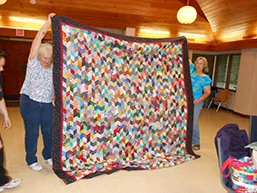
People have always depended on furs, fibers, and fabrics for protection and warmth, but these materials also served as a way to enrich their environment. Until the rail lines opened up routes to the South Carolina backcountry in the middle of the nineteenth century, residents had little access to imported goods. In the mountains and foothills, Scots-Irish immigrants brought a strong tradition of flax harvesting and linen production. In other parts of the rural south, plantations provided another source of homespun textiles. Textiles, especially quilts, can serve several functions. Quilts carry powerful emotional significance and many were made to show off fine fabrics and fancy needlework; others were composed of scraps and remnants. Whether using imported fabrics, domestically produced fibers, or material scraps from the family farm, quilts are intimately connected to the maker’s social and economic environment.
Content is provided by McKissick Museum, University of South Carolina.
For further information about any of the artists featured on Digital Traditions, send your questions and comments to hallagan@mailbox.sc.edu.
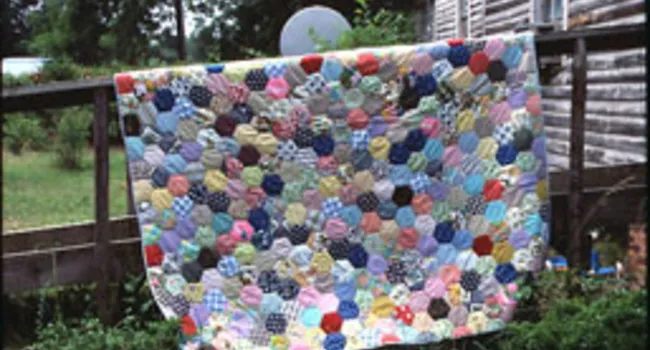
Audio
Mazie Young talks about the weather of Greenwood, South Carolina.
Document
Ahrens, Pat All Male Chorus of Blacksburg Arnold, Mac Ayers, Sara Basket, Nancy Baylor, Amos Bellow, Roger Bennett, Mary Jane Benson, JD Blackwell, Richard Boggs, Horatio Manning Bollack, James Booker...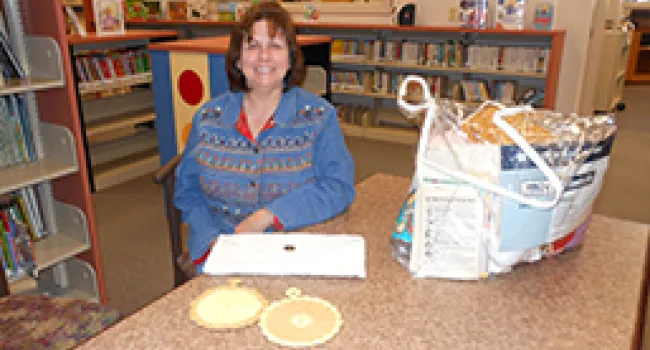
Photo
Mrs. Gail Rikard Cockrell is a crochet artist from Saluda County. She learned how to crochet when she about sixteen years old from watching her mother and grandmother as well as learning on her own...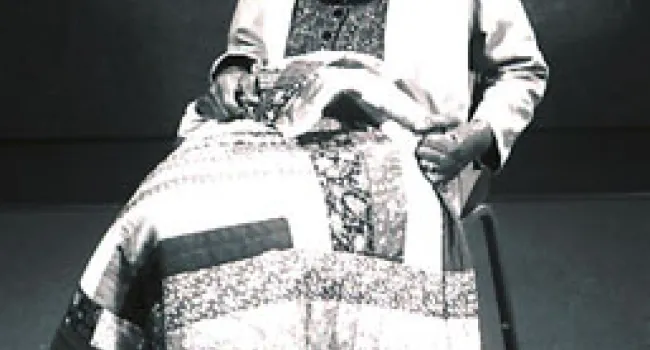
Photo
A master at her craft, Geneva Loewe made quilts for over 50 years. She learned to sew pieced and appliqued quilts from her maternal grandmother, Mary Porcher, who also practiced midwifery in the...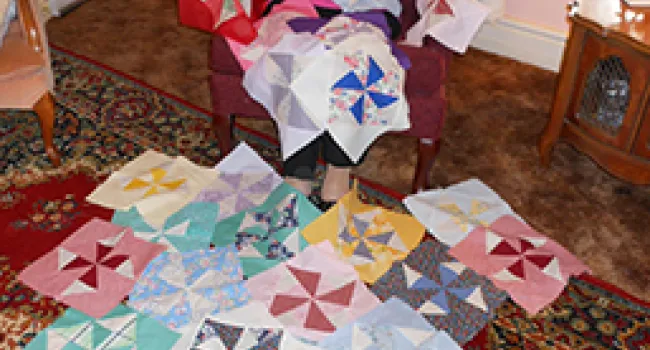
Photo
Mrs. Helen Clark Carpenter practices canning and preserving at her home in Edgefield. She learned this tradition from her mother, in her home state of Ohio. She has been canning for over forty years...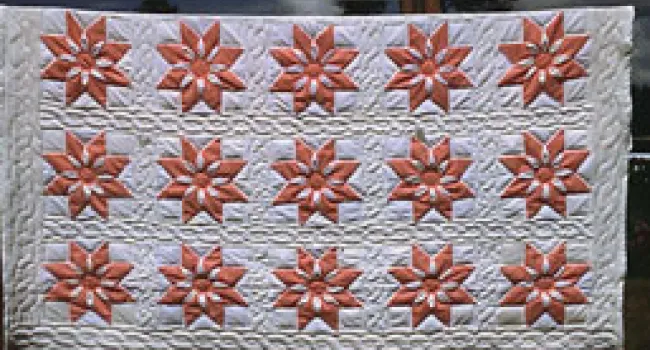
Document
Audio transcript for: History Of Mennonites Differences Finding A Place To Live Cabinetmaking Nurses, Schoolteachers And Missionaries Not Conforming Quilting Small Town Life Baking Pies
Photo
Mrs. Jovita Cordova is originally from Mexico. She now resides in Lexington County, South Carolina where she continues a tradition she learned from her mother in Mexico. She learned to crochet when...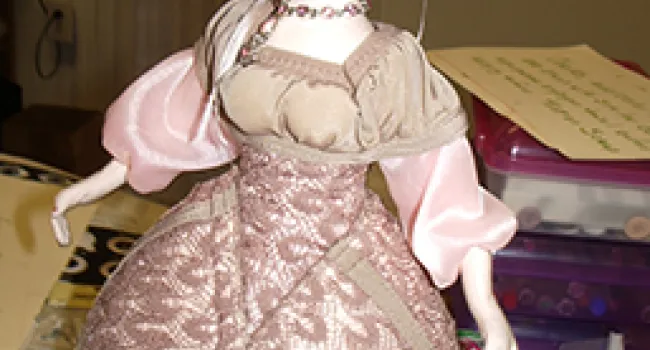
Photo
Dollmaking Ms. Kathy Houser has several unique talents including making art dolls, puppets, quilts, and sculpting figures. She has been practicing this art since 2005 and teaching it to others since...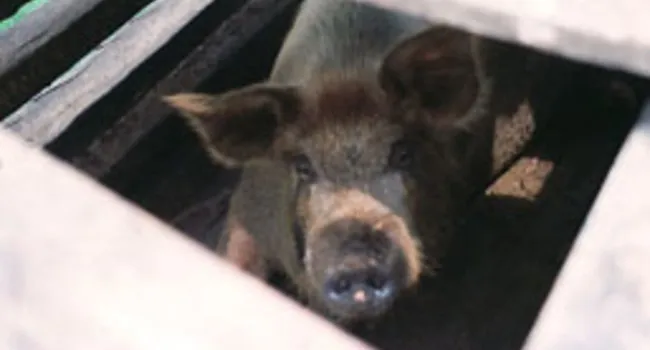
Audio
Rebecca Hill describes the process of raising and killing hogs and how the phases of the moon are important